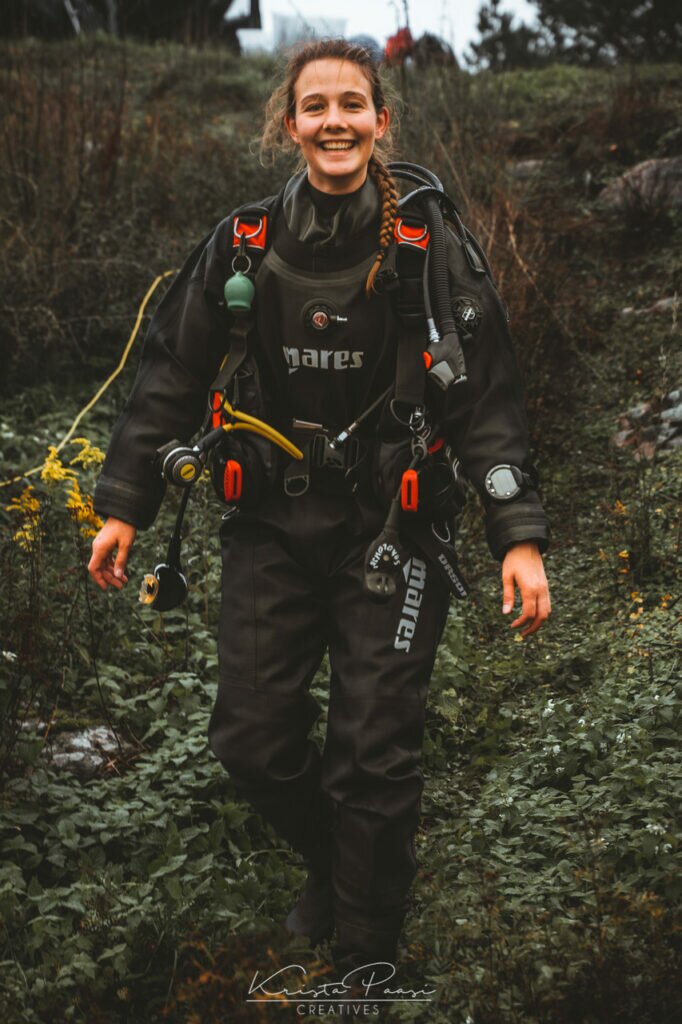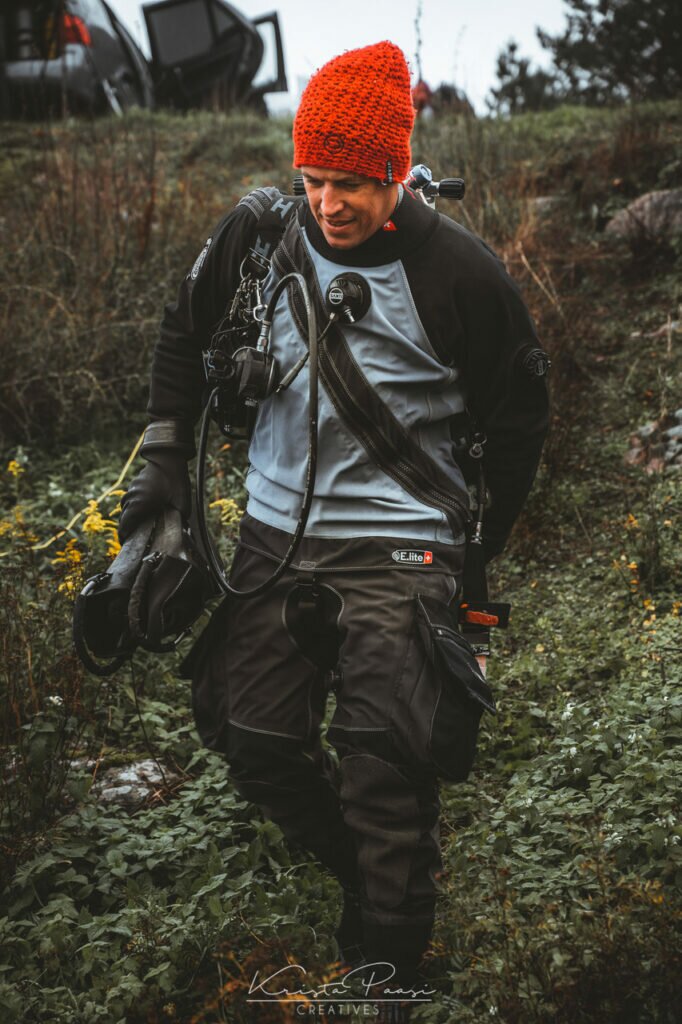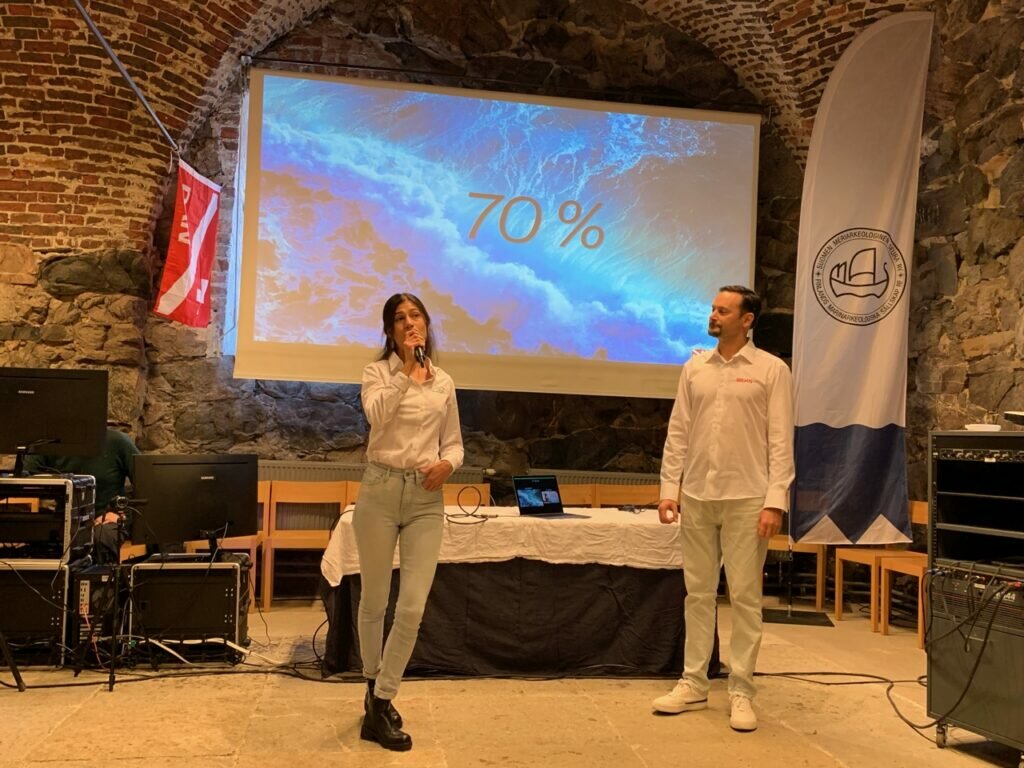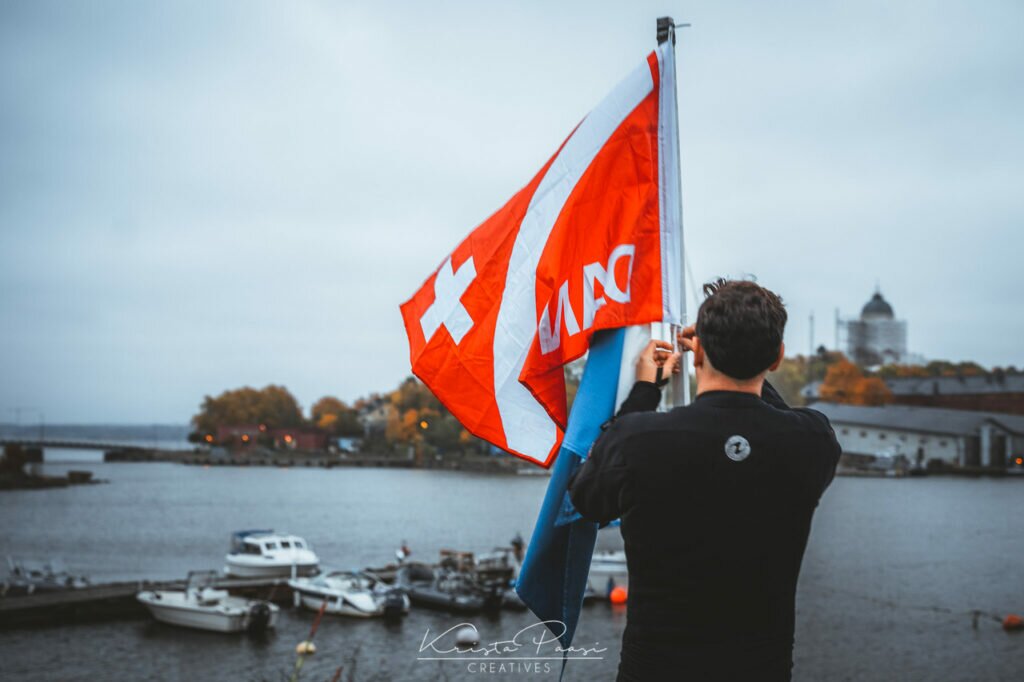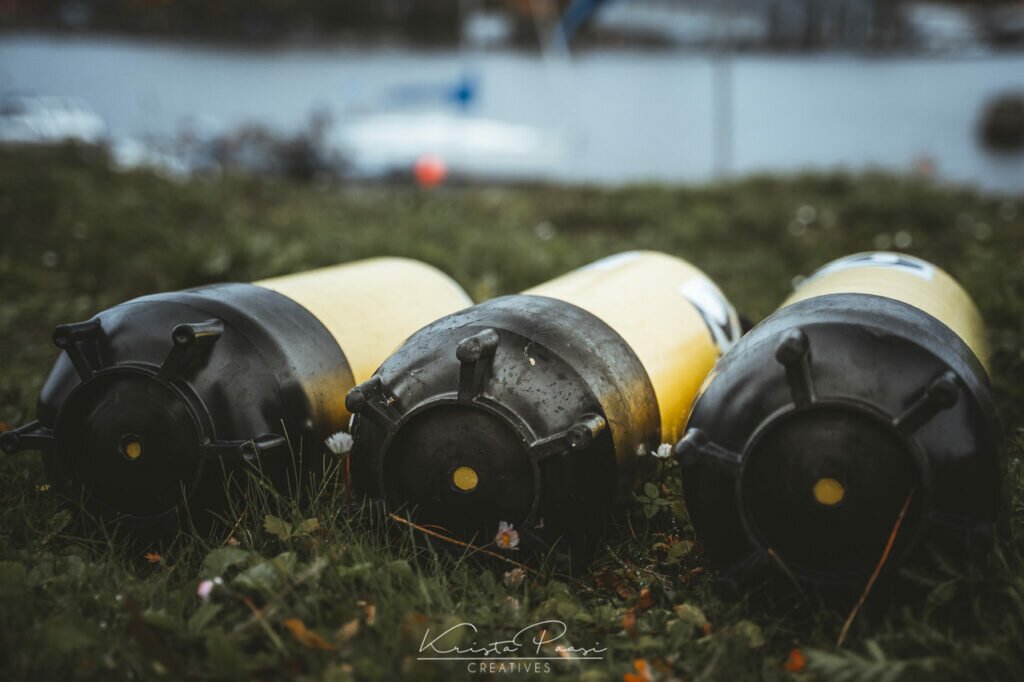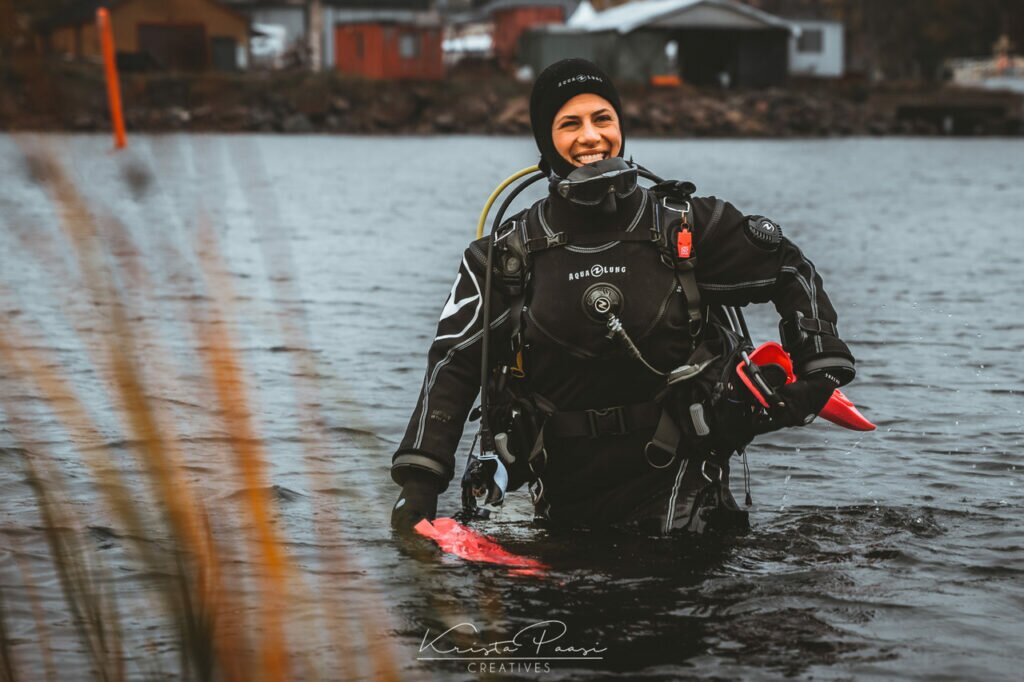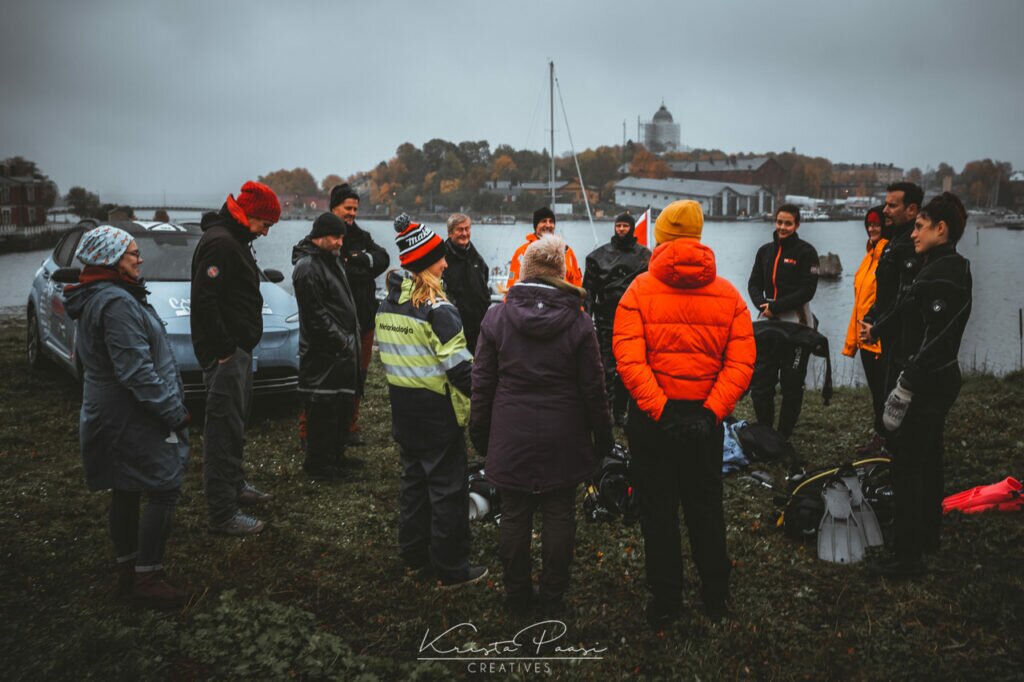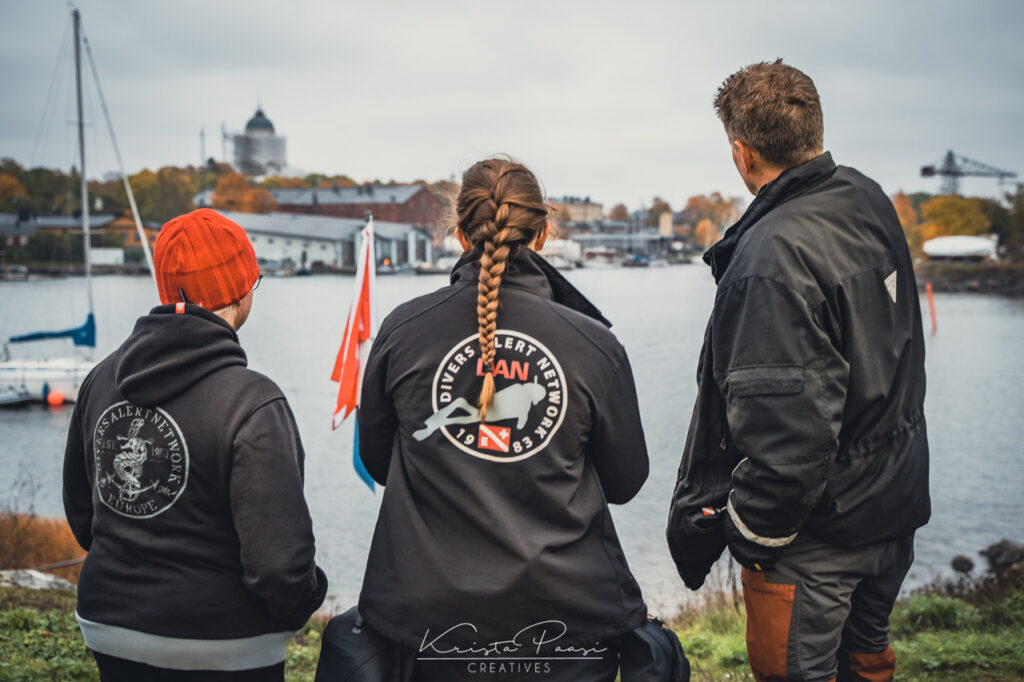The depths of the Baltic Sea hide a vast underwater graveyard of ancient shipwrecks. Whether sunk in battle or deliberately around the harbours, they all have a story to tell.
These ships once witnessed historic situations, such as WWI & WWII. Unlike elaborately contrived sites –such as graves and temples– shipwrecks are mostly accidental and therefore show the past as it really was. Shipwrecks thus are like time capsules, preserving a single moment in time.
Studying the information these sites contain from past generations allows us to better understand how their passengers travelled, traded, fought and even thought. These important archeological resources contain a wealth of information not found in the documentary record.
It is possible to bring these ancient stories to the present day, thanks to the efforts of passionate underwater archaeologists.

Why are the wrecks in the Baltic Sea so well preserved?
The Baltic Sea preserves underwater cultural heritage extremely well primarily due to the low light, low salinity and cold temperature that prevent the proliferation of the Naval Shipworm (Teredo navalis), which devours submerged wood.
Ecological influence
While archaeological research has taught us much about how ships have influenced the course of human history, scientists are also beginning to learn how sunken ships influence ecology in the deep-sea environment.
Shipwreck preservation is equally important as a viable component in marine ecology. Once a shipwreck becomes stable it becomes part of its environment. Marine life envelop these remains as a foundation and frame for survival, serving as places where life can colonise.
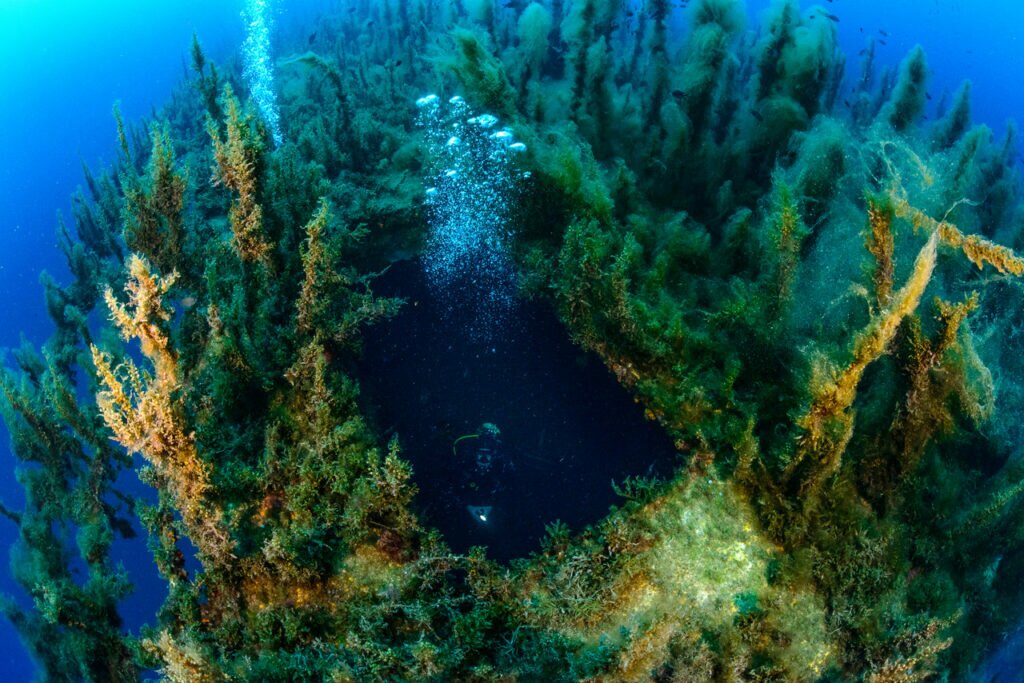
Diving in the Baltic
Divers also enjoy visiting these submerged treasures and learning about their history, which gives these sites great economic potential.
Diving experiences can vary widely. The temperature and visibility in the water might pose a challenge, but all divers benefit from new experiences and challenges are always strengthening. Whether you are a scientist or diving for recreational reasons, visiting a heritage site feels impressive.
The Finnish Heritage Agency
The Finnish Heritage Agency is a significant cultural heritage agency in Finland, working in all marine and river basins. It is the only authority responsible for the protection of underwater cultural heritage in Finland. It organises and supervises the archaeological research required for protection and grants survey permits for archaeological excavations.
The Cultural Environmental Services department has a team of marine archaeologists who carry out underwater fieldwork throughout Finland. Tasks include inspecting new finds, as well as monitoring known objects.
How to become a maritime archaeologist in Finland and what level of diving certification is required?
To become a maritime archaeologist in Finland, it is necessary to spend four to six years at university studying archaeology and specialising in maritime topics.
You need to have Advanced European Scientific Diver (AESD) certificate, which is a common European standard. However, you can have maritime archaeology and wreck diving as a hobby, and take part in field camps, led by professionals. Maritime archaeologists use modern research methods when studying the secrets of the seabed by diving, co-operating with marine biologists and recreational divers.
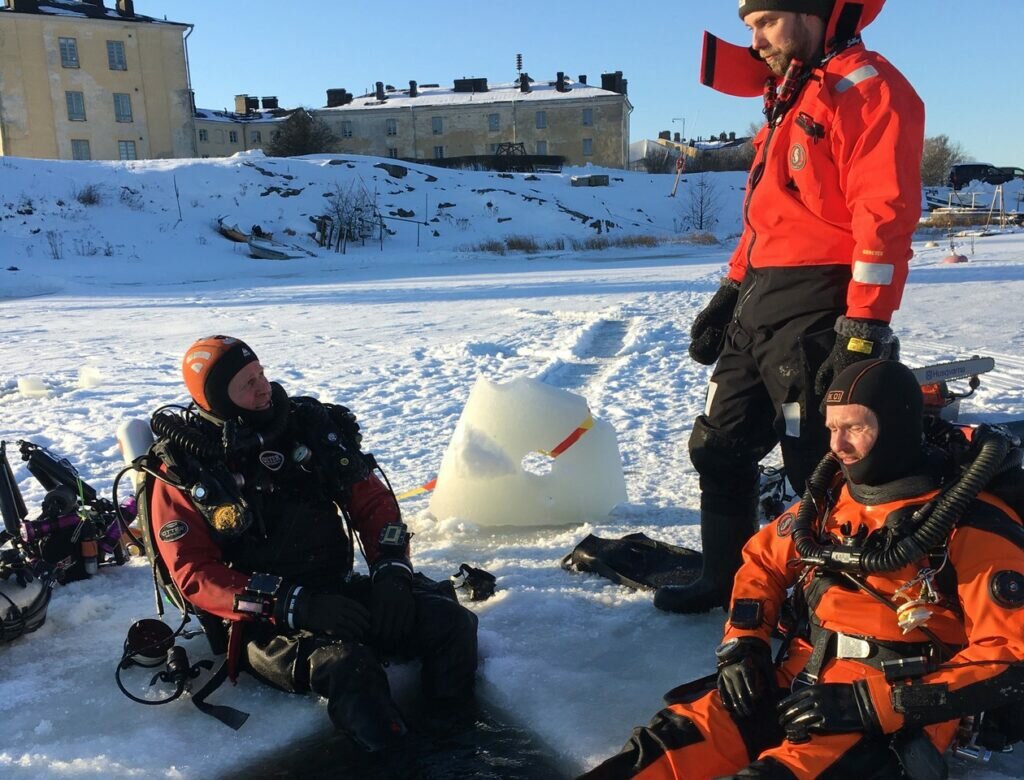
DAN Europe Sustainable Tour visits Suomenlinna
Even studying the past cannot be handled ‘business as usual’ with the latest news of Climate Change. The End of Glory Days project, biography of the Swedish wrecks as ‘Blue’ Heritage of Suomenlinna joined forces with The Sustainable Tour to talk about sustainability at the UNESCO World Heritage Site.
The event included a conference with scientific divers, specialists in underwater heritage conservation, diving and how climate change is affecting marine ecosystems and sunken treasures.

Photo: Anne Räisänen-Sokolowski
–DAN Medical Officer in Finland
Credits: Krista Paasi Creatives
We were also able to dive one of the wrecks off the coast of the island, called Hilma, which is the subject of archaeological research.
Sabina Kraatz, Archaeology student and intern at the Finnish Heritage Agency, tells us about her experience that day. You can also watch the live dive event recorded that day.
“On a misty Friday I got to spend my first day as an intern at the Finnish Heritage Agency. The day illustrated both the relation between cultural heritage sites and climate change, also how maritime archaeologists and divers are involved in ocean sustainability.
The day began with technical preparations and instructing the five persons who would be diving to the wreck Hilma.“
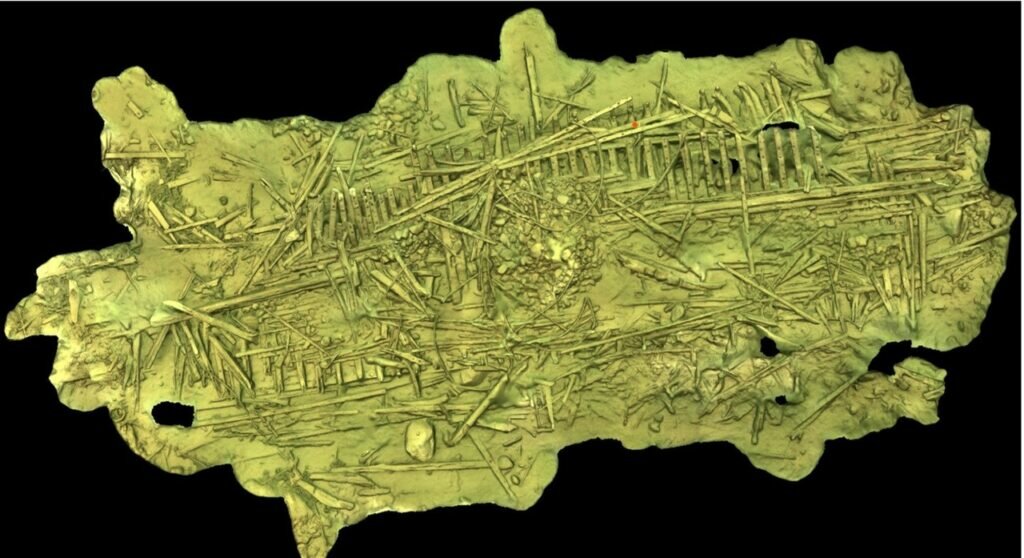
“We had the chance to know the representatives of DAN Europe, Alana Alvarez and Manuel Bustelo and discuss their journey across Europe.
The Sustainable Tour, carried out in an electric vehicle, promotes a more sustainable lifestyle and taking responsibility of our underwater cultural heritage and ecosystems. Listening to their experiences about various diving locations and opinions on climate change not only made me review my own opinions, but made me more curious about the multitude of the underwater world and being open to explore a range of new sustainability solutions.“
“Minna Koivikko, a maritime archaeologist at the Finnish Heritage Agency, introduced the event and people to the livestream public. Video-material was received from the ROV of the wreck Hilma and information about the diving visibility, wreck condition and depth was communicated through the radio. Touchable approaches to the wreck site, such as diving and watching a direct video of the location aid in understanding why archaeology matters in the climate question.“
“I had no expectations for the day, however, I was positively surprised by the cooperation between people of different backgrounds and how new information and opinions were shared interdisciplinarily. Members of DAN Europe, the Finnish Maritime Archeological Society, Sukeltajat Ry, guests and the Finnish Heritage Agency had the possibility to share valuable information of their tasks and interests during the day. A combining factor between all these people was their capability to co-operate and their interest in the main topic of the day: the sustainability and health of our waters.
My experience of being a part of such a group of experts, divers and volunteers was enlightening and provided new nuances in thinking green. Because the subject of a climate crisis is challenging, the sense of belonging in a knowledgeable group and working towards common goals creates an open-minded attitude and motivation to be innovative.“
“I recommend people with the will to act on and work with sustainability to search for these types of groups to join in spreading facts and awareness. Sites, such as the wreck Hilma, prove acts of sustainability are not only affecting the lives and nature far beyond, but also the environment just beside us.”

